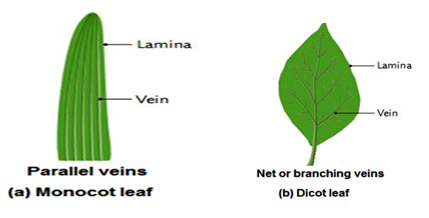Introduction:
Circulatory system is the system responsible for the body’s internal transport.There are two types of circulatory system in animals:
- Open circulatory system and
- Closed Circulatory system
- Open circulatory system is a type of circulatory system where its circulating fluid (hemolymph) bathes the cells directly; e.g. Arthropods
- Closed circulatory system is a type of circulatory system where blood circulates within closed blood vessels throughout the body; e.g. vertebrates
- Single Circulatory System and
- Double Circulatory System
- In single circulatory system, blood passes through the heart only once on each circuit around the whole of the blood circulation of the animal. For instance, fishes have single circulatory systems.
- In double circulatory system, blood passes through the heart twice during one complete circuit around the blood system through the body of the animal.
- Double circulatory system can be divided into:
- Pulmonary circulation
- Systematic circulation (systemic circulation)
- In pulmonary circulation, blood with carbon dioxide (deoxygenated blood) is pumped from the heart to the lungs while blood with oxygen (oxygenated blood) returns to the heart from the lungs.
- Pulmonary circulation is the circulation between the heart and the lungs.
- In systemic circulation, blood with oxygen (oxygenated blood) is pumped from the left side of the heart to all body parts while blood with carbon dioxide returns back to the right side of the heart.
- Systematic circulation is the circulation between the heart and rest of the body (other body parts)





